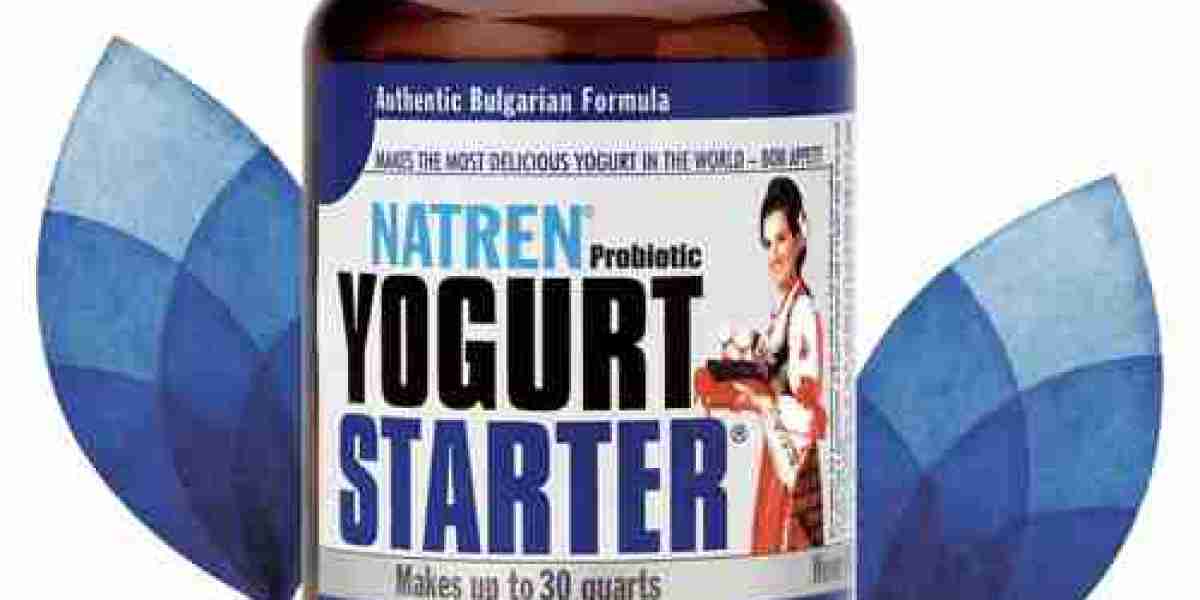Making homemade yogurt is a delightful culinary journey that not only offers a healthier alternative to store-bought options but also allows for an exploration of flavors and textures that can be tailored to individual preferences. As more people turn towards natural and wholesome foods, the idea of crafting your yogurt at home has gained traction. This article will provide you with an in-depth understanding of homemade yogurt, from the essential ingredients to the fermentation process, and the benefits of using a probiotic yogurt starter.
Understanding the Basics of Yogurt
Yogurt is essentially milk that has been fermented with specific bacteria. This fermentation process transforms lactose, the sugar found in milk, into lactic acid, which gives yogurt its distinctive tangy flavor and thick texture. The primary bacteria involved in this transformation are Lactobacillus bulgaricus and Streptococcus thermophilus. However, the addition of a probiotic yogurt starter can introduce a variety of beneficial bacteria, enhancing both the flavor and health benefits of the yogurt.
When embarking on the journey of making yogurt at home, it's crucial to start with high-quality ingredients. Whole or low-fat milk serves as the base, and the choice between the two largely depends on personal preference. Whole milk yields a creamier texture, while low-fat milk results in a lighter yogurt. The quality of the milk also plays a significant role; organic or grass-fed options often provide richer flavors and more nutrients.
The Importance of a Probiotic Yogurt Starter
Using a probiotic yogurt starter is essential for creating a successful batch of homemade yogurt. This starter contains live cultures that kickstart the fermentation process. While it is possible to use a small amount of store-bought yogurt as a starter, a dedicated probiotic starter is recommended for consistent results and enhanced health benefits. These starters are designed to deliver specific strains of bacteria that promote gut health, boost the immune system, and may even improve mood.
When selecting a probiotic yogurt starter, it’s important to look for one that contains a variety of live cultures. This diversity not only contributes to a more complex flavor profile but also maximizes health benefits. Some popular strains to look for include Lactobacillus acidophilus and Bifidobacterium bifidum, both renowned for their probiotic properties.
The Process of Making Homemade Yogurt
Creating homemade yogurt may seem daunting, but it's a straightforward process that can be mastered with a few essential steps. To begin, gather your ingredients: milk, a probiotic yogurt starter, and optionally, any flavorings or sweeteners you wish to add, such as honey, vanilla extract, or fresh fruit.
- Heating the Milk: Start by pouring your chosen milk into a saucepan and heating it over medium heat. The goal is to bring the milk to a gentle simmer, around 180°F (82°C), which helps to denature the proteins, ensuring a smooth texture. Stir occasionally to prevent the milk from scorching on the bottom. Once it reaches the desired temperature, remove it from the heat and allow it to cool to approximately 110°F (43°C).
- Inoculating the Milk: Once the milk has cooled, it's time to introduce the probiotic yogurt starter. Take a small amount of the starter and mix it with a few tablespoons of the cooled milk in a separate bowl. This step helps to temper the starter, preventing the live cultures from being shocked by the temperature change. After mixing, whisk this combination back into the pot of milk.
- Fermentation: Pour the inoculated milk into a clean container or yogurt maker, ensuring that it's covered to maintain warmth and prevent contamination. The fermentation process typically takes between 6 to 12 hours, depending on the desired thickness and tanginess. For a creamier yogurt, allow it to ferment longer. During this time, the bacteria will multiply, transforming the milk into yogurt.
- Cooling and Enjoying: Once the fermentation is complete, transfer the yogurt to the refrigerator to cool and set. This step halts the fermentation process and thickens the yogurt. Homemade yogurt can be enjoyed plain or customized with various toppings, such as granola, seeds, or fresh fruit, making it a versatile addition to any meal.
The Health Benefits of Homemade Yogurt
Homemade yogurt is not just a delicious treat; it's also packed with health benefits that make it a nutritional powerhouse. The fermentation process enriches yogurt with probiotics, which are beneficial bacteria that support a healthy gut microbiome. Consuming foods rich in probiotics can aid digestion, enhance nutrient absorption, and even help combat certain gastrointestinal issues.
Furthermore, homemade yogurt is free from artificial preservatives and additives commonly found in commercial brands. This means you have complete control over what goes into your yogurt, allowing you to avoid unwanted chemicals and tailor the flavor to your liking. The ability to customize sweetness levels and flavorings can make homemade yogurt a more appealing option for those watching their sugar intake or who have dietary restrictions.
Another significant advantage of making yogurt at home is the cost-effectiveness. While the initial investment in a probiotic yogurt starter and equipment may seem high, the long-term savings can be substantial. A single batch can yield several servings, making it a budget-friendly option compared to purchasing individual servings of store-bought yogurt.
Exploring Flavor Variations
The beauty of homemade yogurt lies in its versatility. Once you have mastered the basic recipe, the options for flavoring and enhancing your yogurt are virtually limitless. For a fruity twist, consider blending in pureed fruits such as berries, peaches, or mangoes. These additions not only impart delightful flavors but also boost the nutritional content, providing vitamins and antioxidants.
For a more exotic flair, try incorporating spices such as cinnamon, nutmeg, or even a splash of vanilla extract. These ingredients can elevate the taste of your yogurt, making it a delicious treat for breakfast or a snack.
In addition to sweetening, consider adding a variety of toppings when serving your yogurt. Chopped nuts, seeds, or coconut flakes can introduce a delightful crunch, while a drizzle of honey or maple syrup can enhance the natural sweetness. The possibilities are endless, encouraging creativity in the kitchen and making yogurt an enjoyable experience for the whole family.
Making homemade yogurt is a rewarding endeavor that combines the joy of cooking with the health benefits of probiotics. With a little patience and the right ingredients, anyone can create delicious, creamy yogurt that surpasses anything found in stores. Armed with knowledge and a probiotic yogurt starter, you are now ready to embark on this delicious journey. Enjoy the process, savor the flavors, and embrace the health benefits that homemade yogurt has to offer.








